FIVE-STAR TEAM WARRANTY &
SAME-DAY SERVICE
Drain Line Sewer Line: Essential Maintenance Tips
Home maintenance often involves addressing critical elements that keep everyday life running smoothly. A commonly overlooked part of this is the drain line and sewer line system, essential for directing waste away from the home efficiently. Regular maintenance of these pipes can prevent significant problems, such as clogs and backups, which can be costly and disruptive.
A well-functioning sewer line ensures that waste is properly transported from your home to the municipal sewer system. Any issues in these lines can lead to unpleasant odors, slow drains, and even potential health hazards. Keeping an eye out for early warning signs and performing routine checks is key to avoiding extensive damage.
Understanding how these systems work and knowing the signs of trouble can save homeowners time and money. Basic knowledge of the maintenance needed for drains and sewer lines empowers individuals to take swift action, preventing minor issues from escalating into major repairs.
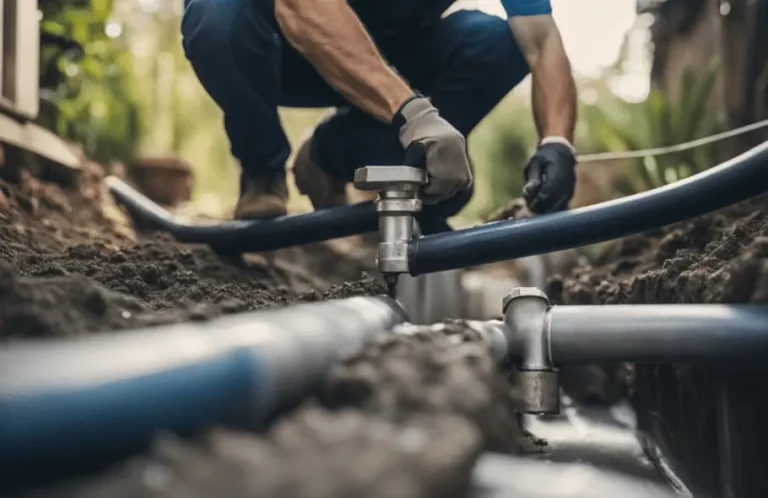
Drain and sewer lines are key components of a home’s plumbing system. They carry wastewater away from fixtures to the municipal sewer or septic system.
Components and Functions
Drain and sewer lines include fixture drains, main drain lines, and vent pipes. Fixture drains connect individual fixtures such as sinks and toilets to the main drain line. The main drain line carries all household wastewater to the municipal sewer. Vent pipes release sewer gases and help maintain proper pressure. Clean-outs allow for easy access during maintenance and repairs.
Common Issues and Causes
Common issues include clogs, slow drainage, and leaks. Clogs are often caused by grease, toilet paper, and foreign objects. Tree roots can invade pipes, causing blockages and damage. Corrosion and broken pipes may lead to leaks. Sewer gases can escape if there are issues with venting or seals, causing unpleasant smells and potential health hazards.
Maintenance and Prevention Strategies
Regular maintenance can prevent many plumbing problems. Flushing baking soda and vinegar can help clear minor clogs and keep drains clean. Avoid disposing of grease, large quantities of toilet paper, and foreign objects in drains. Annual inspections, drain cleaning, and sewer line cleaning by professionals are essential to maintaining efficiency and preventing serious issues.
Professional Inspection and Diagnosis
Plumbing professionals use advanced tools for inspections. Video inspection can reveal the condition of drain and sewer lines, identify clogs, and detect damage. Plumbers also use specialized equipment to clean out lines, remove tree roots, and repair any damage detected during inspections. Regular professional evaluations can prevent costly repairs and keep the system working efficiently.
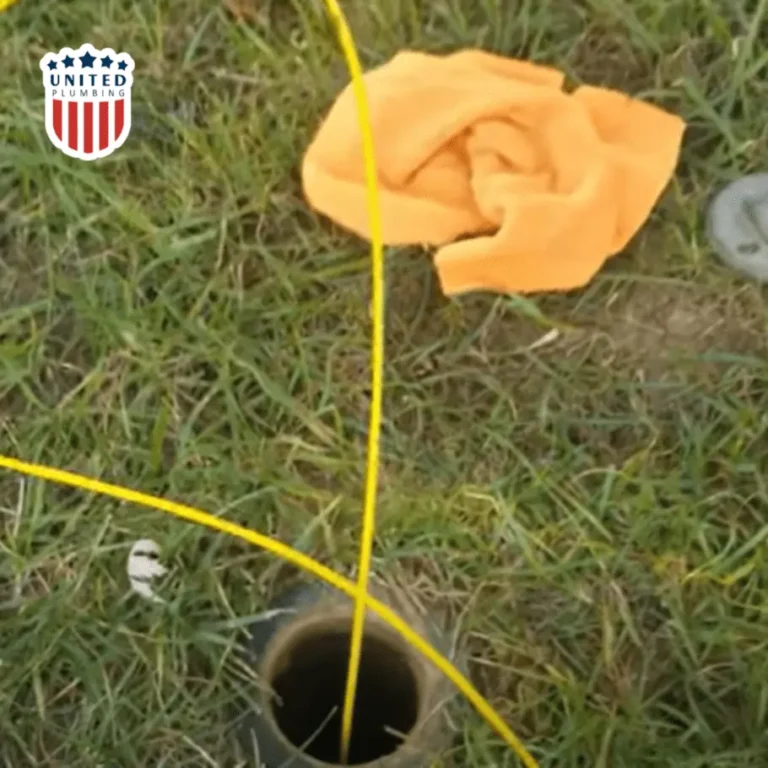
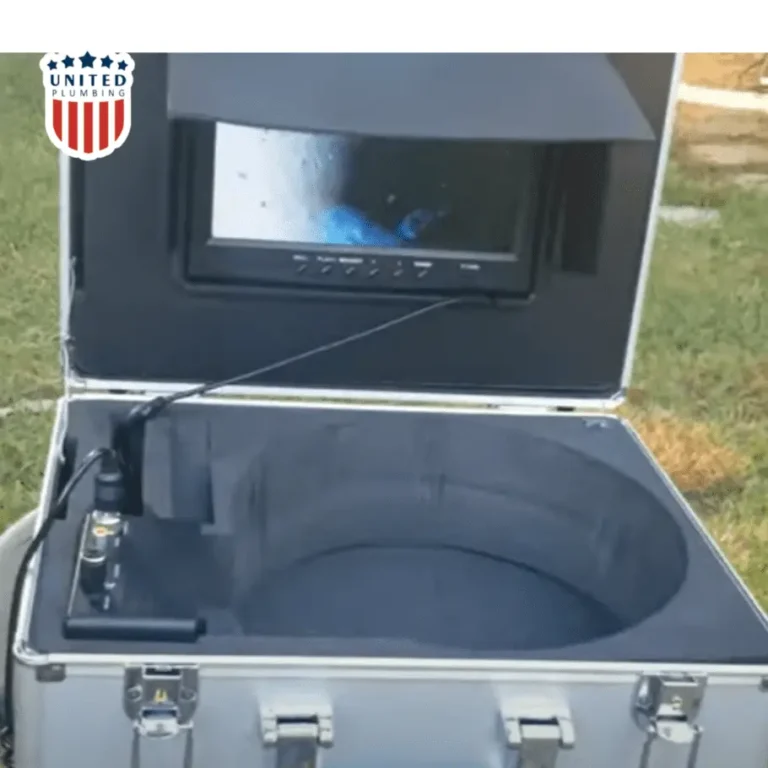
Repair and Replacement Techniques
When repairs are necessary, plumbers offer various solutions. Trenchless sewer line repair can fix issues with minimal disruption. Traditional methods might require excavation to replace broken or corroded pipes. Choosing the right approach depends on the problem’s severity and location. Prompt repair of leaks and breaks is crucial to prevent extensive damage and ensure proper wastewater disposal.
Understanding Municipal Sewer Systems
Municipal sewer systems carry wastewater from homes to treatment plants. These systems include main sewer lines managed by local authorities. Homeowners are responsible for the pipes from their home to the municipal sewer main. Proper connection and maintenance of these lines ensure efficient wastewater management and compliance with sanitation standards.
Safety and Health Considerations
Proper maintenance of drain and sewer lines is vital for safety and health. Leaks and clogs can lead to sewage backups, exposing residents to harmful pathogens. Ensuring vent pipes function correctly prevents sewer gases from entering the home. Regular inspections and maintenance reduce health risks associated with sewage exposure and improve overall home sanitation.
Environmentally Friendly Practices
Using environmentally friendly practices is essential for sustainable plumbing. Avoid chemical drain cleaners, opting for natural solutions like baking soda and vinegar. Installing low-flow fixtures reduces the volume of wastewater. Proper disposal of hazardous materials prevents contamination of sewer lines and treatment facilities. Embracing sustainable practices helps protect the environment and preserve plumbing efficiency.
Post views: 623
Latest posts
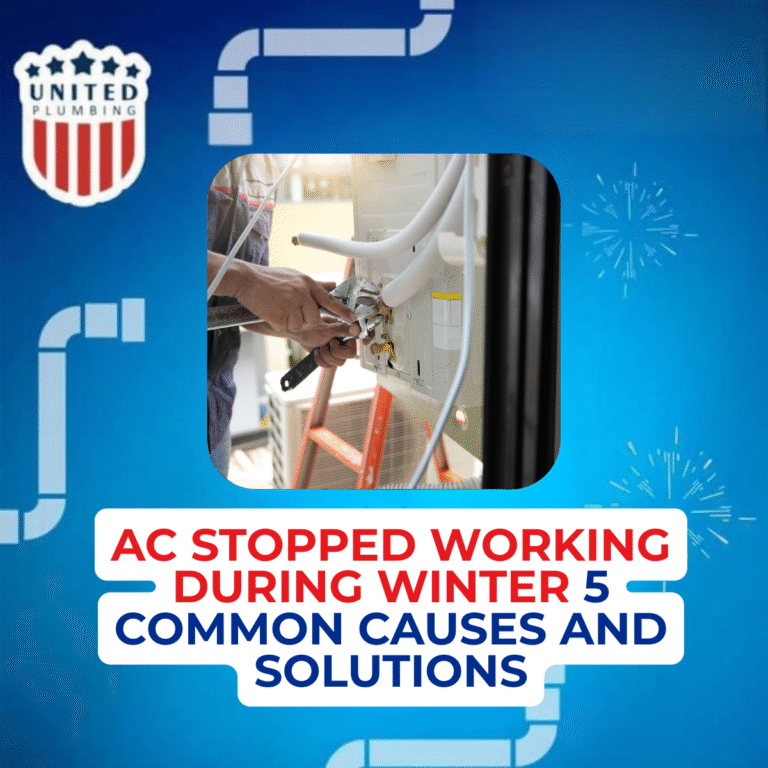
AC Stopped Working During Winter 5 Common Causes and Solutions
If you ended up on this blog, your AC stopped working during winter, or you are trying to learn more about HVAC....
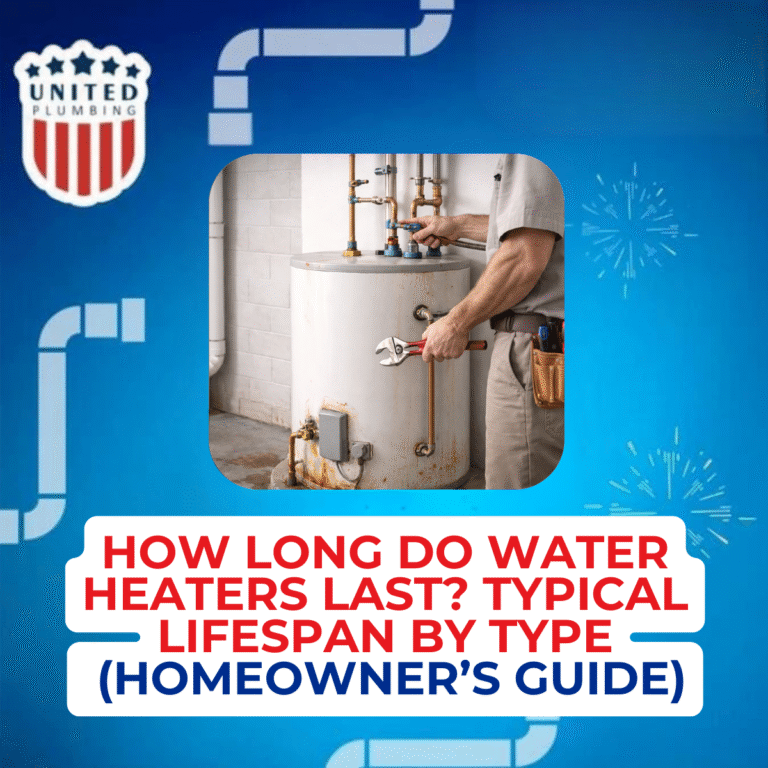
How Long Do Water Heaters Last? Typical Lifespan by Type (Homeowner’s Guide)
Your water heater works quietly behind the scenes every single day until one day it doesn’t. One of the most common...


If you still have questions or need advice, please leave a request and we will contact you as soon as possible
Need a plumber and got no clue where to start?
(408) 539-6936Facing a plumbing issue? Get a FREE in-person estimate and quick solutions from our skilled technicians, ensuring your home runs smoothly again!
